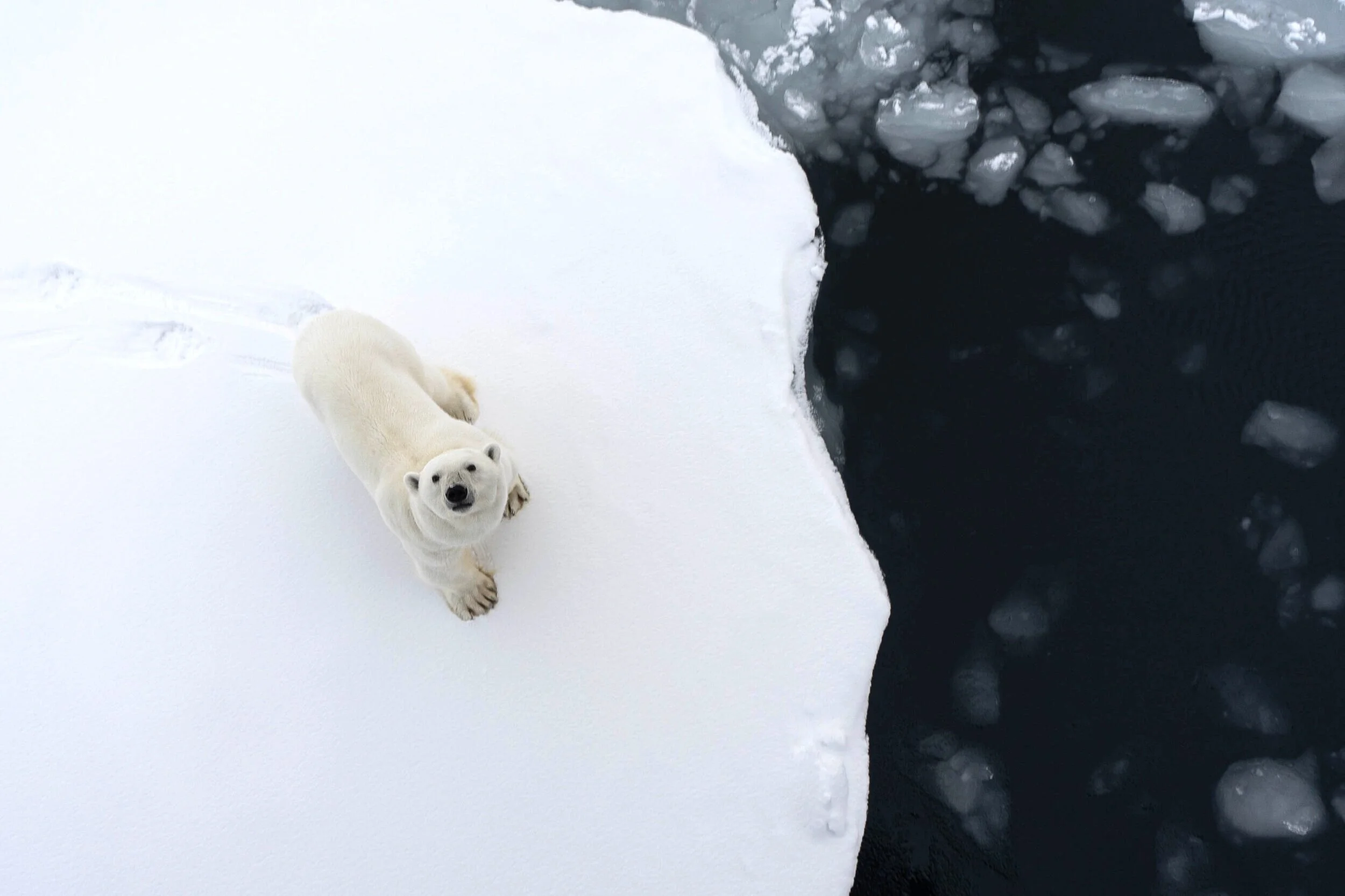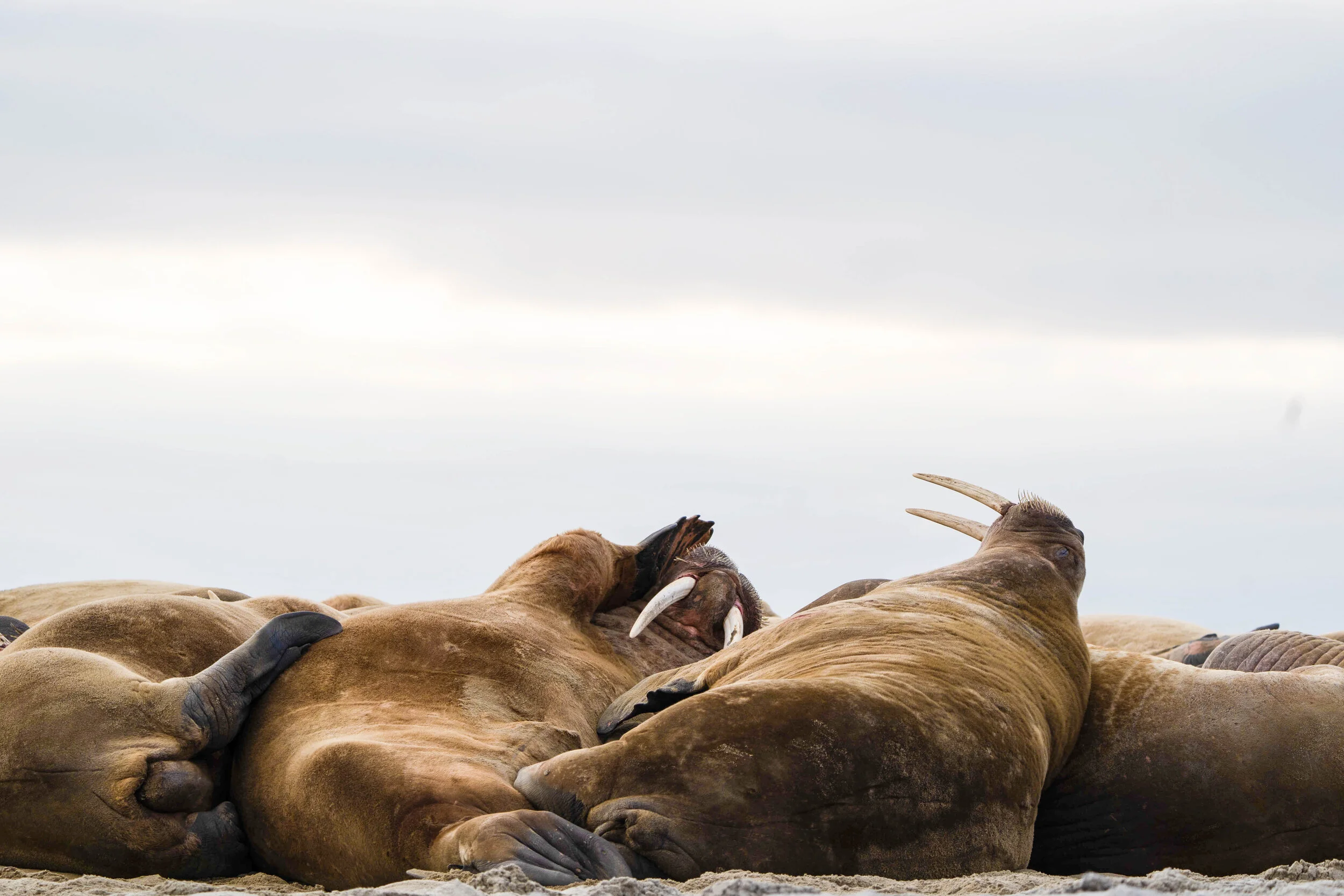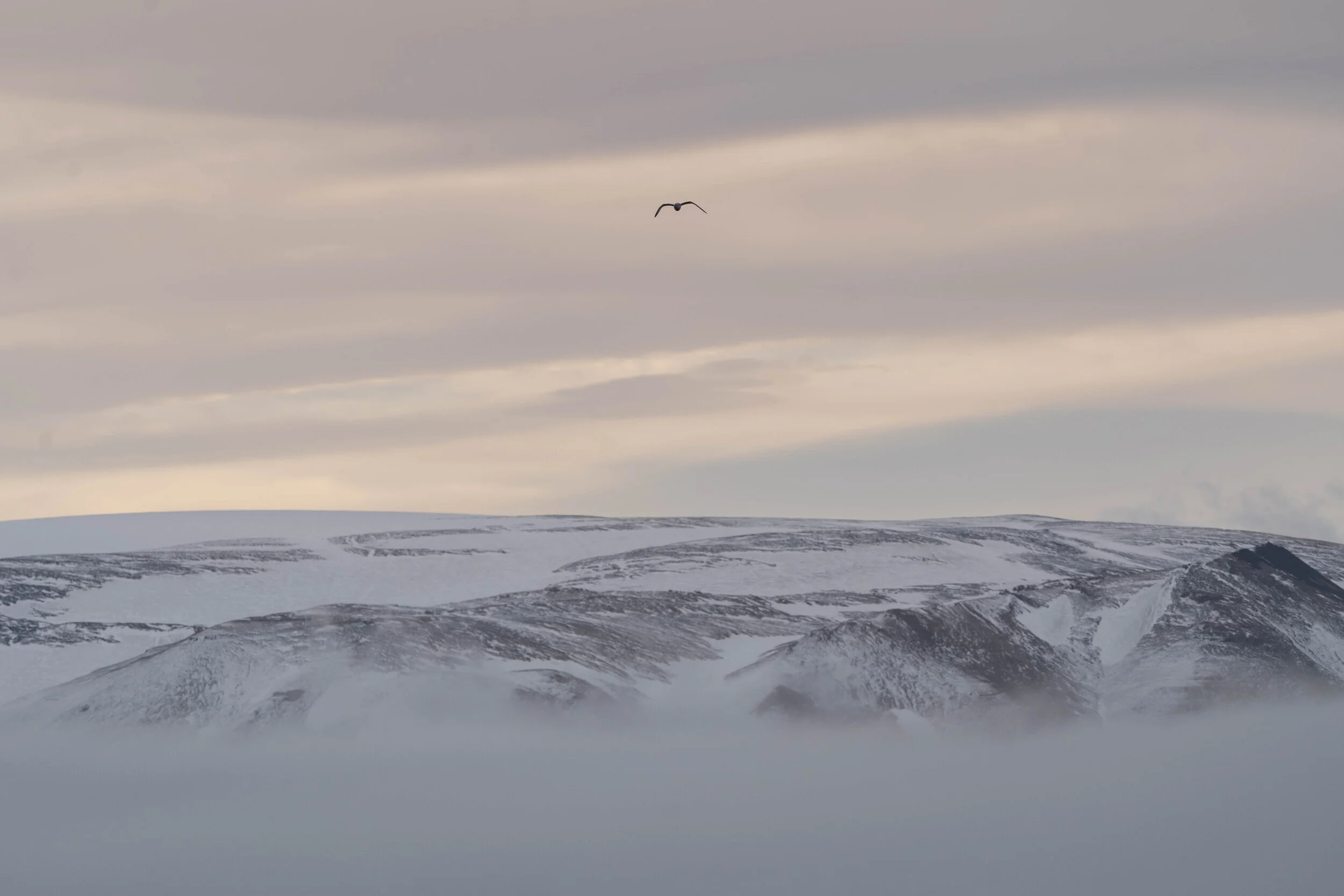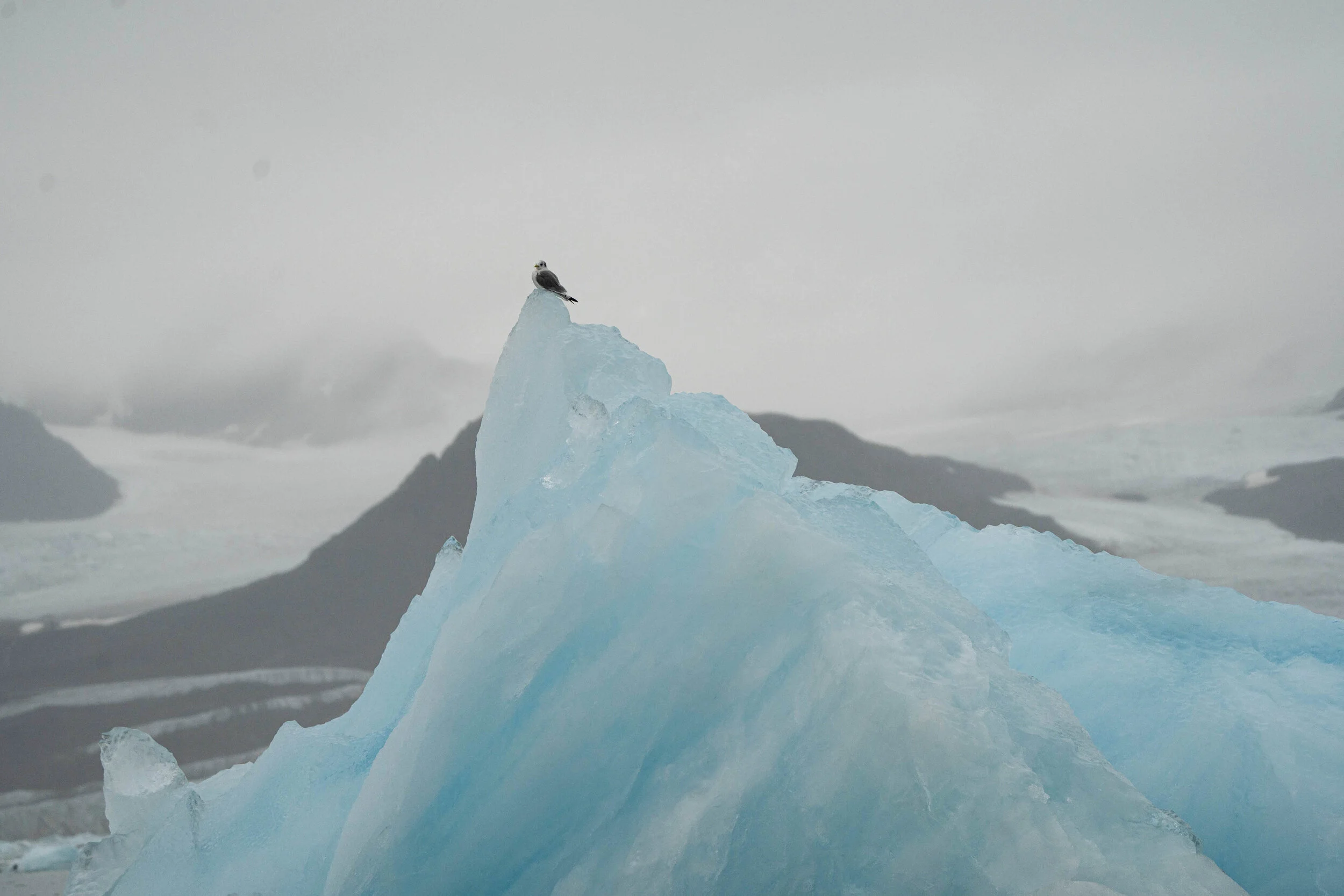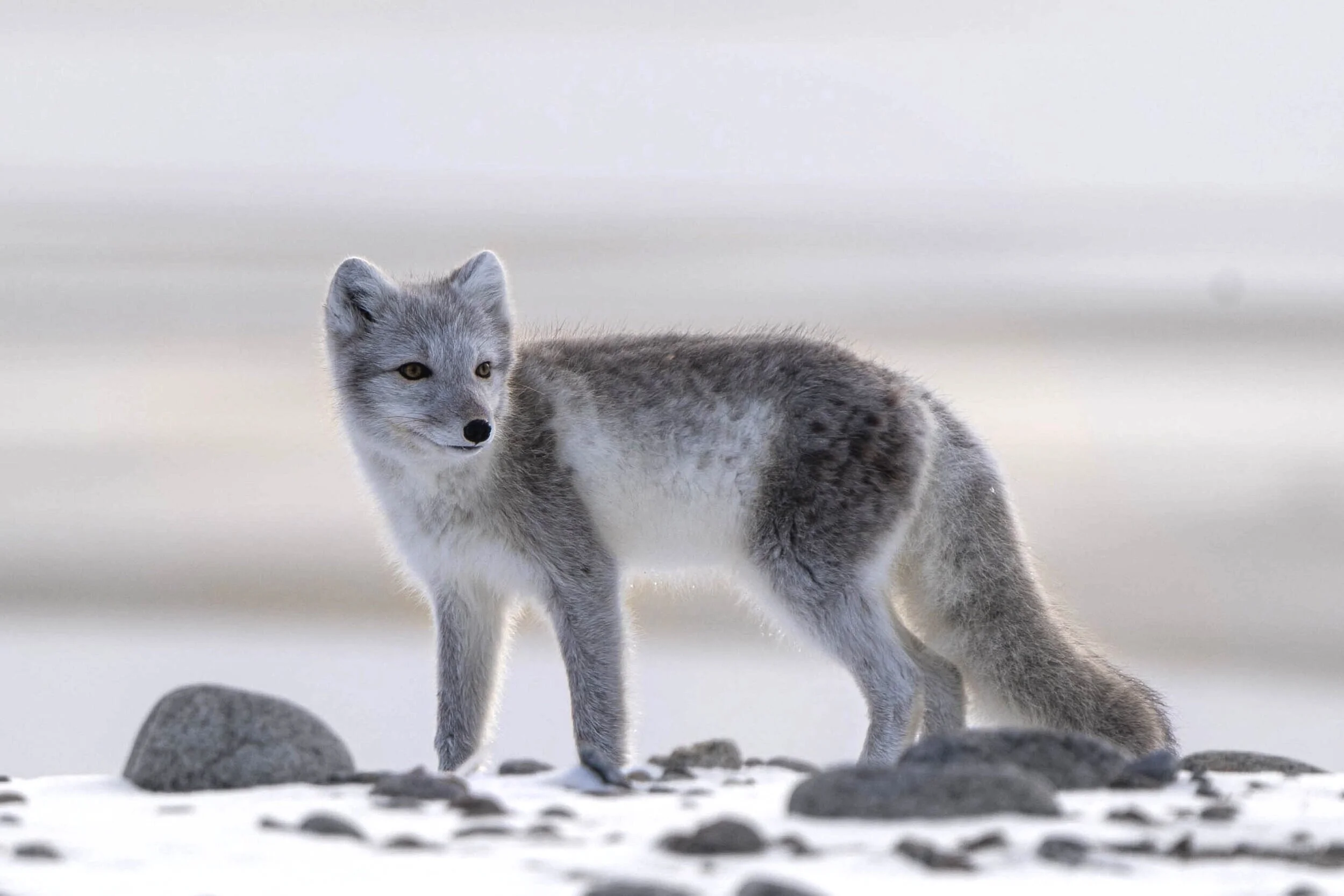What I learnt on my Arctic Expedition
© Sophie Green
Last month, I was invited by Michael Ginzburg from Nansen Polar Expeditions on a last minute expedition to the Norwegian Arctic. It was an amazing opportunity to not only photograph the native wildlife for my art, but to learn some more about the Arctic environment, climate change and how it is affecting the rest of the planet.
The trip involved 2 weeks on an expedition vessel, with a small group of wildlife photographers/film-makers and other creatives. Disembarking from Longyearbyen, Svalbard, an island north of mainland Norway, we travelled up the west coast, entering the fjords and circumnavigating the smaller islands, before heading up to the pack ice, 83° north.
© Sophie Green
The Arctic Tundra
The Arctic landscape is unlike anything that I have ever experienced, with snow-cloaked mountains, glistening icebergs, glacier walls and miles of sea ice. Plants are sparse and low-growing and the wildlife is out of this world.
It will come as no surprise, however, to hear that the impact of climate change in the Arctic is devastating. I was lucky enough to be on board with some experts on the topic, who opened my eyes to just how serious the situation is on a global scale. The Arctic is warming at a rate of almost twice the global average and the Norwegian Arctic in particular is one of the first places to see the negative affects of global warming.
© Sophie Green
The Arctic Ice
The Arctic’s animal inhabitants rely on sea ice and glaciers to survive, but the importance of ice in the Arctic is not exclusive to the continent and its wildlife.
The Arctic is the planet’s ‘freezer’ and warming temperatures have a devastating impact on the rest of the planet too. Sea ice and glaciers are melting at an alarming rate (I have to admit, even I was shocked when we sat down with Eirik Grønningsæter and discussed the percentage of sea ice lost in the last 20 years). Of course, sea ice melts and refreezes every year and glaciers retreat and advance with the changing seasons. But now, the majority of ice in the Arctic is only a year or two old, which means that it is more likely to melt in warmer weathers, unlike older ice. In other words, the ice is melting faster than it is refreezing.
The lack of ice in the Arctic means that wildlife that is dependent on it will struggle to survive. On a global scale, temperatures will also increase, causing crop instability, sea-levels to rise, melting of the permafrost, which will release toxic greenhouse gases into the atmosphere and issues in every other eco-system.
© Sophie Green
Arctic Sea Birds
Sea birds play a huge and often overlooked role in the Arctic eco-system. Due to the migratory nature of most Arctic birds, they also connect the region with other parts of the world. Many species of birds migrate to the Arctic during the summer months to nest and feed, but the affects of climate change have meant that this is now becoming increasingly difficult.
Less ice means that there are now more species of birds moving northward, and therefore more competition for food and nesting sites. The warming temperatures also mean that there is a greater risk of disease and parasites for the birds. Extreme weather conditions could also mean that vulnerable birds, such as the very young, as less likely to survive.
© Sophie Green
The Fur Trade
For hundreds of years, humans have targeted polar bears and other Arctic species like seals and foxes for their high quality, thick skins and furs. Previously, this was done by trappers and the indigenous, who would use the skins for warmth and eat the animal meat. Nowadays, however, the skin and fur trade has become more a thing of luxury, meaning there is more money to be earned by hunting these vulnerable animals.
Although there are now laws in place to prevent the over-hunting of wildlife in the Arctic, such as the Canadian tag system and CITES exportation rules, loopholes within these systems are a real problem. It certainly also doesn’t help that the buyers of these expensive animal skins rarely understand (or care about) the origin of them or the repercussions in terms of wildlife conservation.
You can learn more about the skin trade chain here.
© Sophie Green
A Fragile Environment
My time in the Arctic was overwhelming, but eye-opening to say the least. One of the most beautiful places that I have ever visited, I was struck by how delicate the ecosystem, including its flora and fauna really is. Hit hardest by climate change, biodiversity loss and the impending exploitation of the area for its oil/gas resources, fishing and ship routes, as the ice melts and makes the area even more open and vulnerable.
© Sophie Green
What can we do to help?
The good news is that everybody can help to make a difference. Ultimately, it’s important to be an advocate of a world that is worth saving. Doing your own research, signing petitions and making your voice heard is vital. The power to make positive changes starts at the top, but everybody can put the pressure on when we work together.
Being more mindful of your own consumer habits is also extremely important. Take note of what you’re eating every day and take the time to actually find out where your food comes from and how sustainable it is. Consumer habits play a huge role in turning the tide on climate change and making changes to how you travel, how you run your home and your consumption/waste will all help.
To learn more about how you can make a difference, click here.


